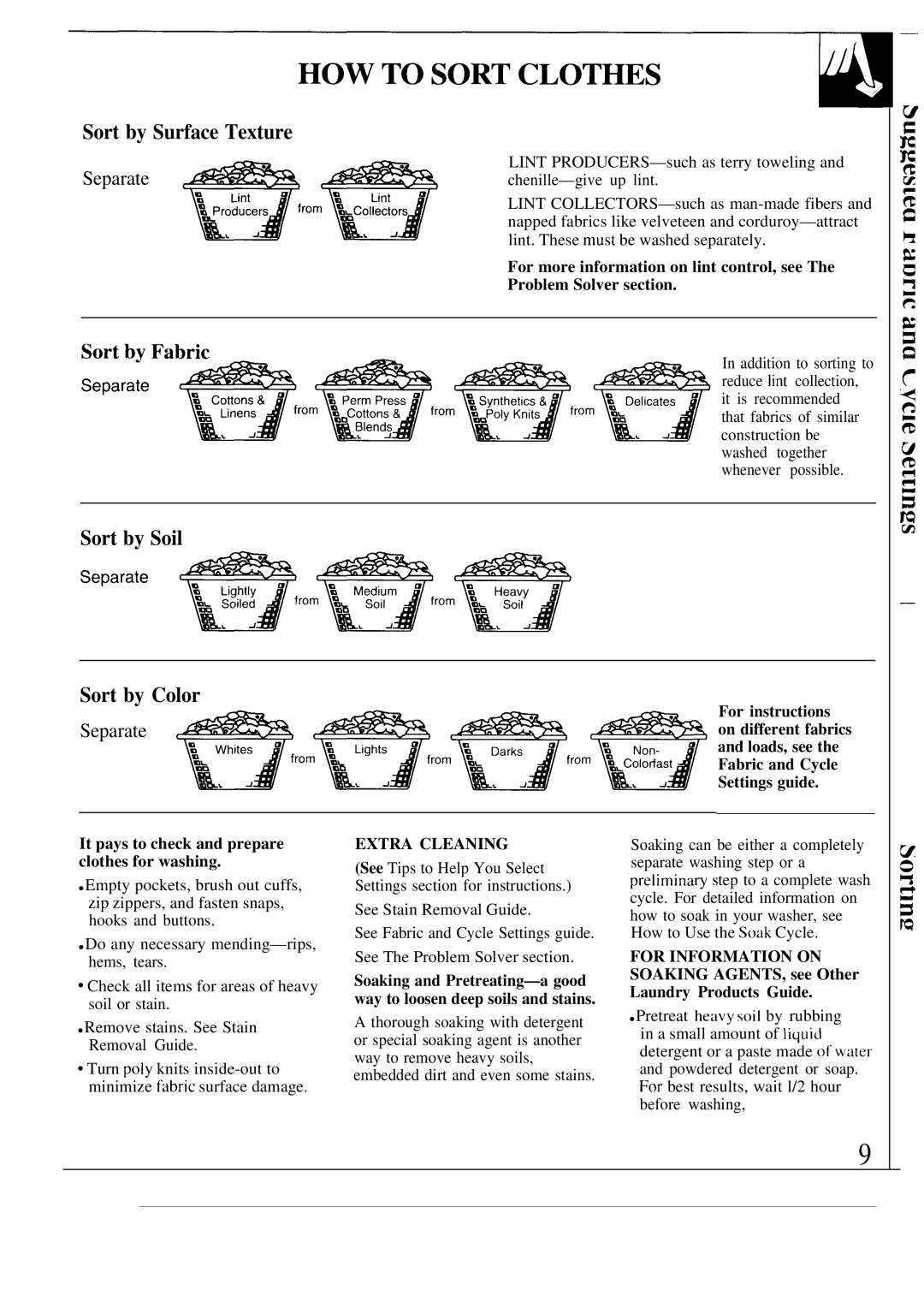WA8600SCL, WA8607SCL specifications
The GE WA8607SCL and WA8600SCL are state-of-the-art microwave ovens designed for the modern kitchen, combining innovative technology with user-friendly features. These models are ideal for home cooks of all skill levels, providing advanced cooking capabilities that streamline meal preparation while enhancing culinary creativity.One of the standout features of these microwaves is the inverter technology, which allows for precise cooking power control. Unlike traditional microwaves that cycle power on and off, inverter technology provides a steady stream of power, resulting in consistent cooking results. This ensures that delicate foods, such as seafood and sauces, are evenly heated without the risk of overcooking or drying out.
The spacious interiors of the WA8607SCL and WA8600SCL models accommodate large dishes and multiple items simultaneously, making it easier to prepare family meals or entertain guests. The capacious turntable ensures even rotation, promoting uniform cooking and reheating. Additionally, the sleek and elegant design fits seamlessly into any kitchen aesthetics, while the user-friendly interface allows for effortless navigation through the various cooking settings.
These microwave ovens also come equipped with smart sensor cooking technology, which automatically adjusts cooking times and power levels based on the moisture released by the food. This feature takes the guesswork out of microwave cooking, allowing users to achieve perfect results each time without constantly monitoring the process. Furthermore, the built-in programs for popular dishes simplify meal preparation, offering one-touch options for popcorn, reheat, and defrost.
Safety is paramount in these models, with child lock features that provide peace of mind for families. Additionally, the ovens are designed with a stainless steel finish that is easy to clean and resistant to fingerprints, maintaining a clean appearance in busy kitchens.
Energy efficiency is another critical characteristic of the GE WA8607SCL and WA8600SCL models. By utilizing advanced technologies, these microwaves consume less energy, making them environmentally friendly options for users.
In summary, the GE WA8607SCL and WA8600SCL microwave ovens stand out for their combination of inverter technology, spacious design, smart sensors, and user-friendly features. These appliances cater to diverse cooking needs, ensuring that meal preparation is not just efficient but also enjoyable. With their modern characteristics and focus on performance, they are an excellent addition to any contemporary kitchen.

